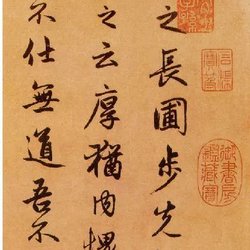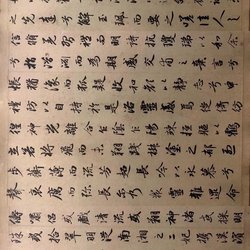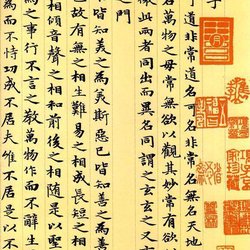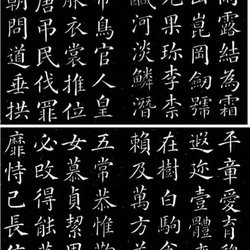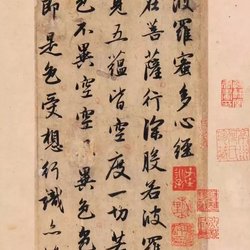Zhao Mengfu passed away in 1322, nearly 700 years ago, and no one has yet reached his height. Some people even say that only a few people reached the mountainside of Zhao Mengfu's peak during the Yuan, Ming and Qing dynasties.
Zhao Mengfu's status in the calligraphy world is not low. He created Zhao style calligraphy, which is still a textbook copybook. However, from ancient times to the present, many people still say that Zhao Mengfu's calligraphy is "kitsch". In recent years, it has become even more popular. Now we collect the mainstream voices criticizing Zhao Ti and let everyone see if they make sense.
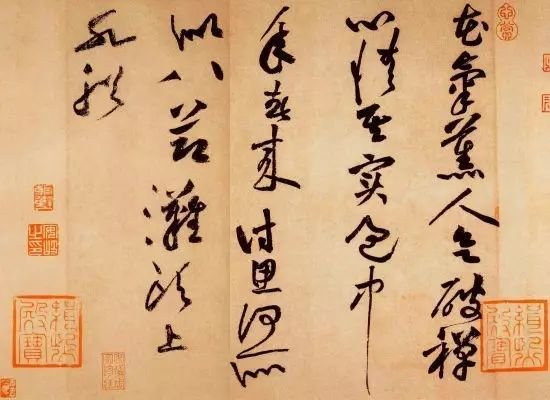
Huang Tingjian's "Flower Energy Smells People"
This "vulgarity" does not mean the current "vulgar" vulgarity, but it means that his calligraphy has an unintentional charm. So what exactly is this charm? What caused Zhao Mengfu's calligraphy to become "vulgar"?
As early as the Song Dynasty, the great calligrapher Huang Tingjian said: "Calligraphy is mainly based on rhyme" and "if the calligrapher can understand it based on rhyme, it should be as if it were like it." To put it simply, when people appreciate calligraphy works, they will inevitably marvel at the charm, and whether the calligraphy has charm has become a criterion for distinguishing the quality of calligraphy.
What is "rhyme"? It's a difficult feeling to define. Maybe it is something that can only be understood but not expressed. It is said in "Bi Fa Ji": "The form of rhyme is hidden, and it is well preserved." It clearly shows that "rhyme" is a very obscure thing, with a vague feeling of existence and non-existence.
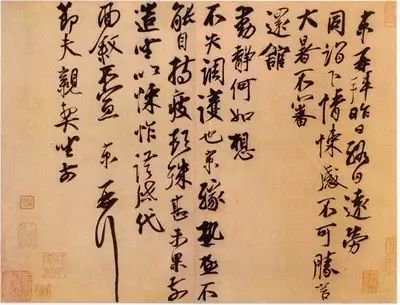
Cai Xiang's "Jie Fu Tie"
After the Tang Dynasty, the pursuit of rhyme in Chinese calligraphy, painting and calligraphy made the artistic level of this period a great leap forward. In the "List of Ancient Paintings" written by Xie He during the Six Dynasties period, six standards for figure painting were proposed, which later became known as the Six Methods, and the first of the Six Methods was Qi Yun. In "On Calligraphy", the analysis of "six methods" was organized into "six essentials", which highlighted "rhyme" separately in the charm, and highlighted the aesthetic pursuit of "charming", "aftertaste" and "imagery" in the art of calligraphy and painting. come out.
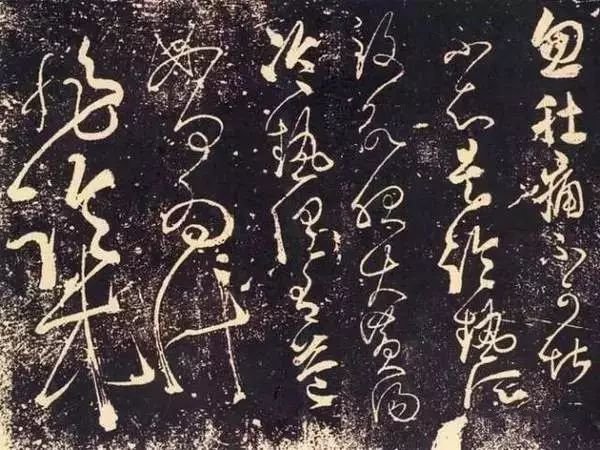
Zhang Xu's cursive script "Tie for Belly Pain"
"Rhyme" is a standard, the standard of aesthetic art. It is an artistic effect achieved through "the mind is at ease with the pen, and the image is taken without confusion". It is as ethereal as the image in the mirror, the flowers in the water, and as illusory as the antelope hanging its horns without any trace. People must understand the "flavor outside the image" and the "purpose outside the image" from the ethereal place of "outside the image" and "in the middle of the ring", and understand the "origin beyond the rhyme" from the "insufficiency" and "remaining meaning". In a word, "rhyme" is expressed through "virtual".
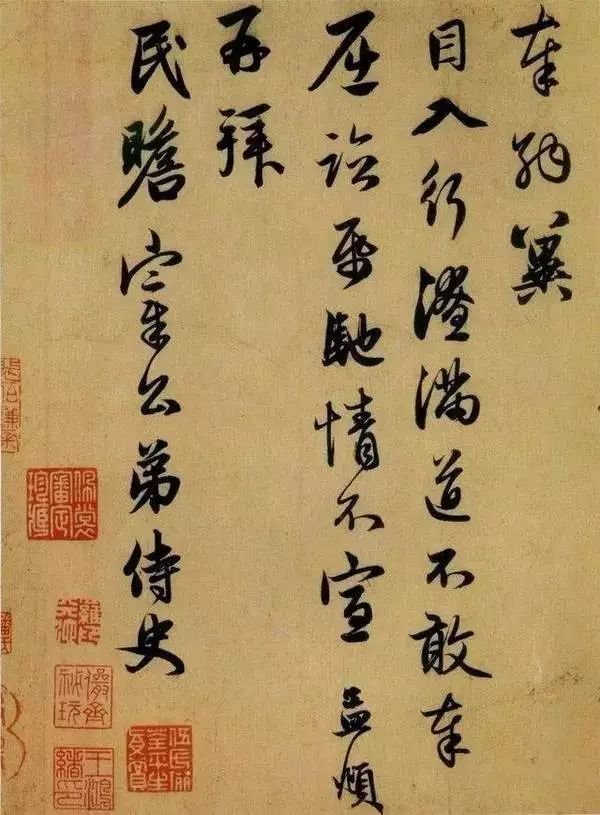
The reason why Zhao Mengfu's calligraphy was criticized as "vulgar" was because the charm in the words was insufficient. "Rhyme" is a highly spiritual expression, which must pursue the rhythm and joy of flowing water. The craftsman-style roughness lacks the connotation of a "literary" culture, and the calligraphy especially lacks a bookish style, so naturally it cannot be regarded as having "rhyme". Of course, when extended to style, the beauty of vigorous, unbridled, and simple is difficult to classify as "rhyme."
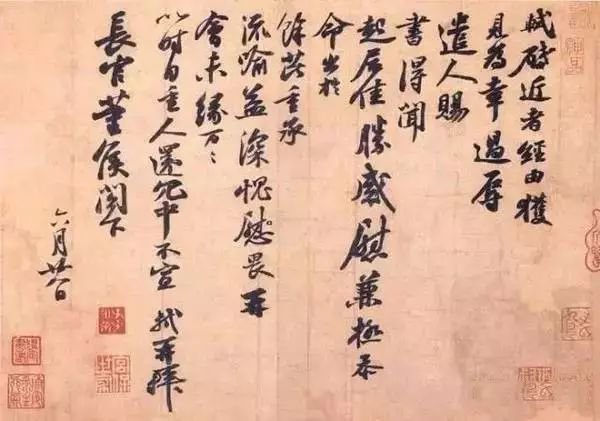
Shen, Qi and Yun are often used together. Although the three have something in common, they are not the same. It is necessary to calculate the white and act as the black, but also to know the white and guard the black. This is the dialectical method of Chinese calligraphy creation that combines the virtual and the real to produce the charm.
Of course, vulgarity also means popular and folk custom, which means that the public likes it, so sometimes this vulgar word also represents broad public approval. After all, people generally like sweet and beautiful words.

